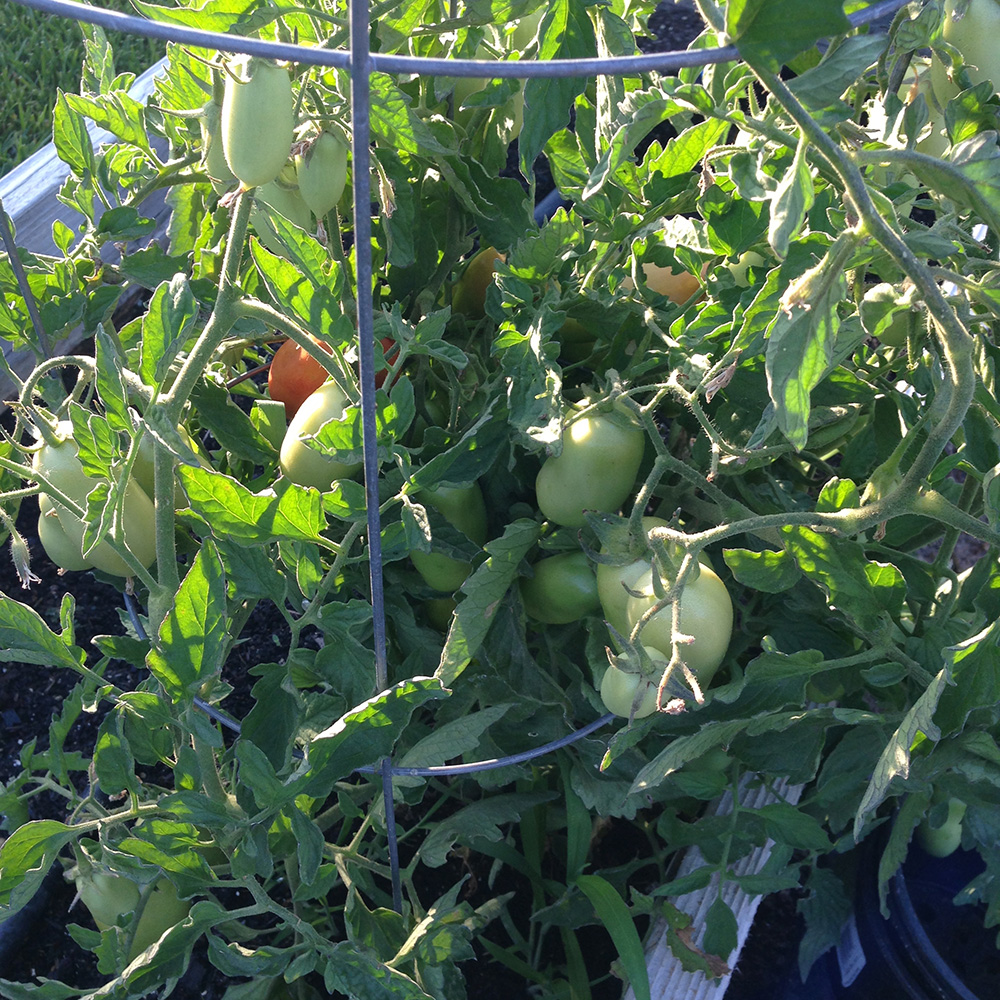
Spring is here, and the tulips are blooming! Flower gardens are beautiful to look at, but for the practical-minded among you, a vegetable garden might hold more appeal. Not only can you grow something you’ll actually use in your home, but you’ll save money on groceries and promote healthier eating habits for your family as well.
If you’d like to enjoy homegrown, delicious vegetables this summer, it’s time to get to work. Follow these steps, and soon you can enjoy meals prepared from your very own garden:
Prepare Your Soil. Healthy soil is the most important part of a vegetable garden. Thoroughly weed the area, and then turn the soil with a garden fork or tiller. Enrich your soil by mixing in organic compost, and add a layer of mulch on top to preserve moisture. The easiest way to grow vegetables is in a raised garden box in which you add an ideal blend of soil. This is a much less frustrating experience and one that it is easier to include children in.
Choose Your Vegetables. Since we’re talking about spring planting, choose vegetables that grow well in the warm season. Good choices include tomatoes, peppers, okra, beans, carrots, beets, cucumbers, squash, zucchini, corn, carrots, melons and eggplant, among others. Come visit us at our nursery, and we can make recommendations for summer vegetables that will grow well in our climate. Of course, your own tastes matter too. You’ll naturally want to grow the vegetables that your family most enjoys eating.
Consider a few herbs. Herbs are generally very easy to grow, and you can use them to flavor the dishes you’ll be preparing with your delicious vegetables. If you’re growing tomatoes, for example, then growing basil alongside them is practically a requirement! Herbs are often perennial (do not need to be replaced every year) so think about a more permanent location where you can enjoy them for years to come. Thyme, oregano, chives, parsley, sage and marjoram are some of the herbs that will only improve with time.
Plan your space. Take each plant’s need for sun or shade into consideration. One general rule of thumb is to place taller plants, such as beans and corn, on the northern side of your garden. This prevents them from shading the shorter plants, which need their share of sunlight. Just to the south of those, plant tomatoes, squash, and other medium-height crops. Finally, the southernmost part of your garden should consist of the shortest plants, such as beets and carrots.
Water your plants correctly. After planting, water your crops deeply to help the soil settle. As for general maintenance, water according to your crops’ needs. In our climate, which doesn’t see a lot of rain, this generally means a generous, deep watering every day. Remember to water at the base of plants, rather than spraying them with a hose or sprinkler. You don’t want to put delicate leaves at risk of fungal diseases. If you see evidence of mold, droopy leaves, or rotting roots, then you are over-watering your plants and need to adjust your habits.

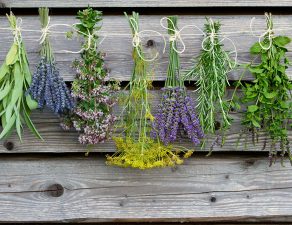
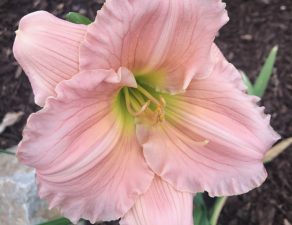

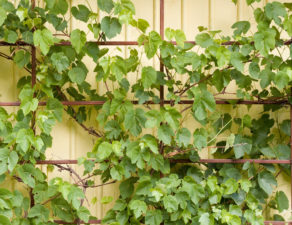

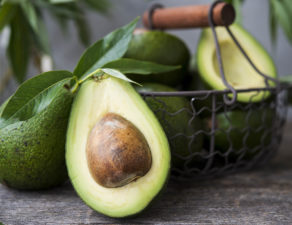


Write a comment: